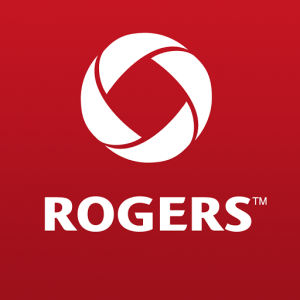As a car guy, I have on occasion fiddled with optioning out cars online which I never intend to buy. Usually, this means that when you select different wheels, paint colours, and a sunroof, these are reflected on a 3D model of the car. While that’s great, it’s also somewhat unsatisfying because I always want to see what my car would actually look like in the real world.
Mercedes has the answer with it’s new car configurator which takes users through a series of images on Instagram, eventually arriving at their perfect car.
First of all, because of the 3D nature of many other configurators, using them on mobile devices is a huge pain and often impossible. No such worries here. And suddenly Mercedes turns all those users, who normally would just make a car on their configurator then leave, into sources of earned media as they share and discuss their setups. It’s a brilliant way to make a conversation out of a traditionally isolated activity.
However, unlike a regular configurator, this one does not show prices. I believe it’s for the best though. Most users are not looking to buy a car when they use the configurator. It takes months for your bespoke vehicle to come off the assembly line anyways and MSRPs aren’t negotiable online like they are at a dealership. Adding prices would just take the fun out of it. Plus, the purpose of these configurators apps has always been to drum up interest, not create sales directly. And what better way to do the former than to have people share their new dream Merc with their friends?


